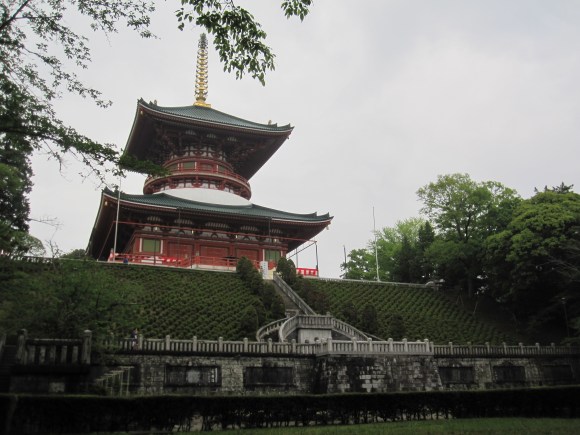
For many visitors to Japan, their image of the city of Narita begins and ends with Narita International Airport. As such, most people plan their itineraries with the goal of spending as little time in the town as possible, unless they’re the type of odd sorts who just can’t get enough of waiting in airline check-in or customs lines.
In their rush to get into Tokyo or back home as soon as possible, though, they’re missing out on one of eastern Japan’s most visually impressive temples, Naritasan Shinshoji and its attached gardens.
Downtown Tokyo does have two cultural landmarks of its own in Asakusa’s Sensoji Temple and Harajuku’s Meiji Shrine. Sensoji is often packed by the constant flow of tour groups that visit year-round, however. Meiji Shrine isn’t as crowded, but its location, just a few minutes’ walk from the consumerist shopping meccas of Takeshitadori and Omotesando, can be jarring for those hoping for a more solemnly sacred atmosphere.
Chiba Prefecture’s Naritasan gives up nothing in size compared to Sensoji and Meiji Shrine, and stands in much more tranquil surroundings. We should point out that Naritasan does receive large numbers of visitors who come for festivities held on New Year’s Day, plus a few other religiously significant dates throughout the year. Still, when we stopped by one afternoon during Golden Week, one of Japan’s busiest vacation periods, the crowds were sparse, and after passing through the main courtyard, we often found ourselves completely alone on the garden paths.
The exact travel time varies depending on which station you set out from, but in general Naritasan is about an hour-and-a-half train ride from downtown Tokyo, which makes it an easily doable day trip for those looking to get out of the capital for a while. It’s also only a 15-minute ride from Narita Airport, which means that not only can you swing by on the same day you’re scheduled to fly into or out of Japan, you could even squeeze in a visit during a long layover at Narita Airport.
Narita Station on the JR Narita Line and Keisei Narita Station on the Keisei Main Line are equidistant from Naritasan. If you come in at the former, head out the east exit of the station, walk past the bus rotary to the first signal you see, and turn left. For visitors arriving at Keisei Narita Station, leave by the west exit, walk to the end of the bus rotary, and turn right (you’ll see Narita Station on your left as you pass by it).
Both routes will lead you into the approach to the temple, a street lined with restaurants, cafes, and shops that winds its way towards the main gate. At night, several of the bars fill up with flight crews spending the night before flying out of Narita the next day.
In the afternoon, though, the most popular spots are the restaurants serving up the local specialty of grilled freshwater eel. If that’s a bit too exotic for your tastes, don’t worry, you can also find tamer fare such as soba noodles and tempura.
The stroll from either station to Naritasan takes 10 to 20 minutes, depending on how quickly you walk and whether or not you step into one of the sake shops for a sampling of the local brews. Once you reach the bottom of the slope, you’ll see the main gate to the left.
The temple was founded in 940 by the priest Kancho Daisojo, who was part of a detachment sent from the then-capital of Kyoto sent to put down a rebellion in east Japan. Kancho carried with him an image of the Buddhist deity Fudo Myoo, which, after the suppression of the uprising, mysteriously became too heavy to be transported back to Kyoto. Instead, the image remained in east Japan, and was enshrined on the spot where Narita Shinshoji (“New Victory Temple”) was constructed.
None of the complex’s currently standing buildings can match the 1,000-plus year history of the institution itself, but Naritasan does boast a handful of structures that were built in the early 18th century.
After passing through the gate, visitors arrive at a bridge that crosses a small pond surrounded by stonework. Look carefully and you’ll spot a sword of the type Fudo Myoo is often depicted wielding, the first of many times the theme appears in the temple’s imagery.
At the top of a steep flight of stairs is the central courtyard. Straight ahead sits the main hall, to the right is a three-story pagoda, and to the left is where visitors can purchase amulets, some of which are emblazoned with the kanji character for “victory.”
This is as far as most visitors to Naritasan come, tossing a few coins into the collection box and saying a quick prayer before heading back out the way they came. In doing so, sadly, they miss out on the majority of the complex’s serene beauty, which is mostly found behind the courtyard. Facing the main temple, a path branches off to the right. Following it will lead you past another hall, and then to the entrance to Naritsan Park.
Before long, the sounds of the town fade away, the foliage closes in, and the path turns from concrete to soil and pebbles. There’s no set route to follow here, as multiple courses crisscross and weave their ways around the trees and past monuments.
When you’ve had your fill of wandering, pick any path that leads downhill and deeper into the interior. There’s nothing so treacherous that requires hiking boots, although a pair of sneakers, or at least something you don’t mind getting a little dusty or muddy, would be preferable to a pair of designer shoes bought at Roppongi Hills.
Depending on which path you end up on, you might notice the sound of gurgling water, as at the bottom of the hill is a series of interconnected ponds surrounded by azalea bushes, as well as groves of maple and plum trees.
From here, heading to the right leads to a pavilion built out over the water. There’s also a nearby stand that sells food that you can feed to the many koi that make the pond their home.
On the other hand, the path that moves around the pond to the left will take you past another temple building, and eventually to the spring where the water that feeds the ponds trickles out of the earth.
The far side of the ponds can be reached by either walking around the whole body of water or crossing one of the stone bridges that subdivides it. Once across, there’s a calligraphy museum, which closes at 4 o’clock and had already shut its doors by the time we rolled by.
Waiting at the very back of the grounds is Naritasan’s most dynamic site: the 58-meter (190-foot) Great Peace Pagoda.
At just 30 years old, it doesn’t have the historical significance of some of Naritasan’s other structures. That doesn’t make it any less overwhelming to visitors gazing up at it from below, though, nor its spire any less dazzling when the late afternoon sun hits it on days when the cloud cover is cooperating.
▼ Unfortunately, this was as much cooperation as we got.
With daylight fading and the monks sounding the temple’s bells, we made our way back to the station and urban Japan, happy to know that whenever we need a little tranquility, Naritasan is just a train ride away.
Temple information
Naritasan Shinshoji /成田山新勝寺
Address: Chiba-ken, Narita-shi, Narita 1
千葉県成田市成田1番地
Website
Photos: RocketNews24

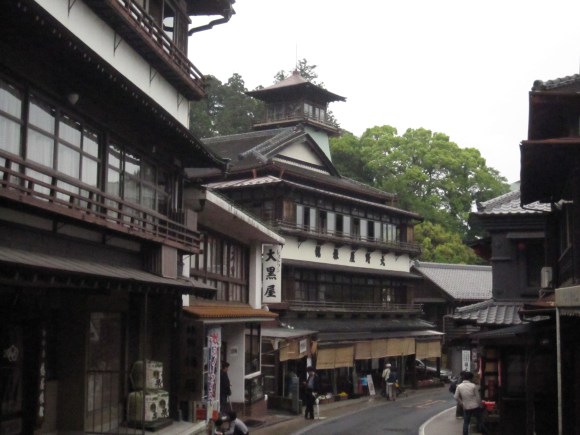
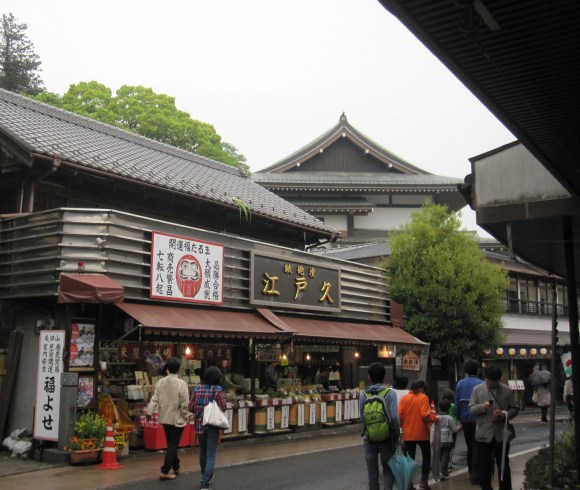
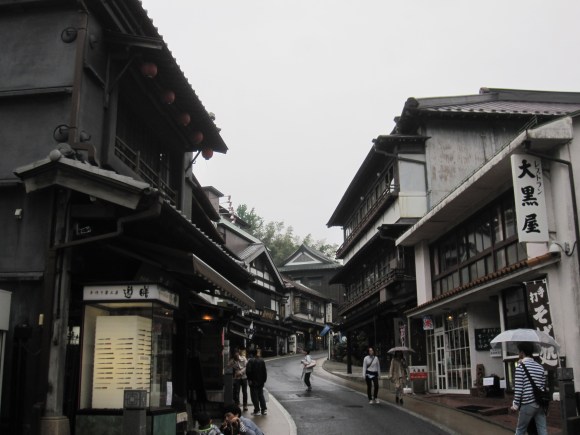
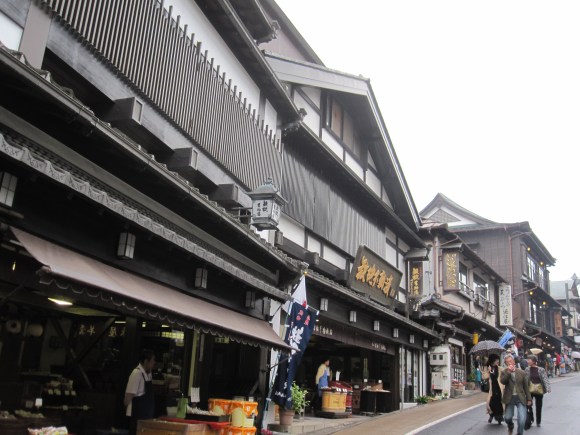
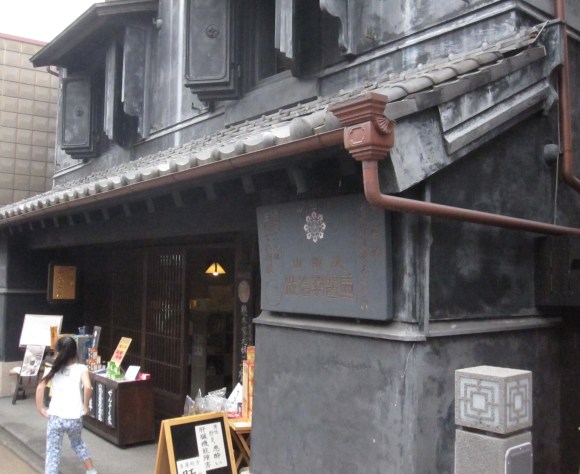
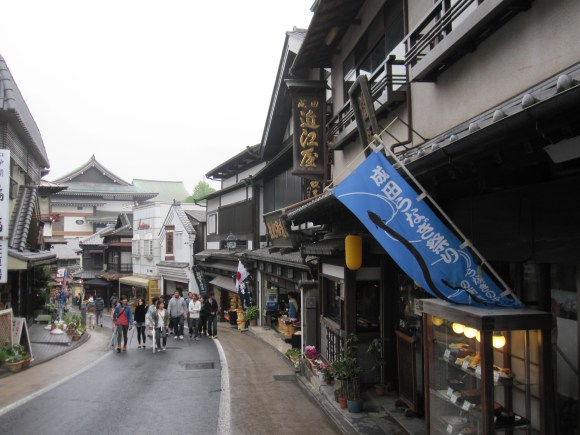
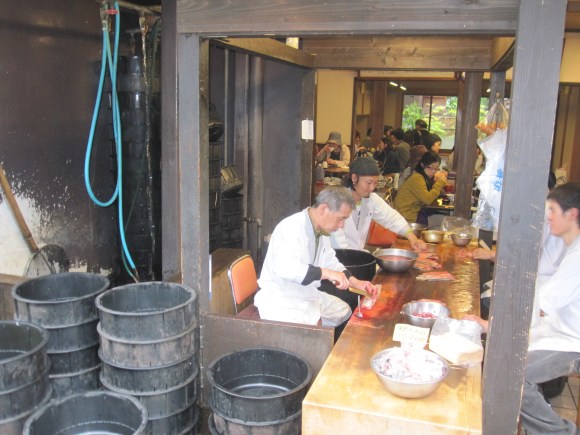
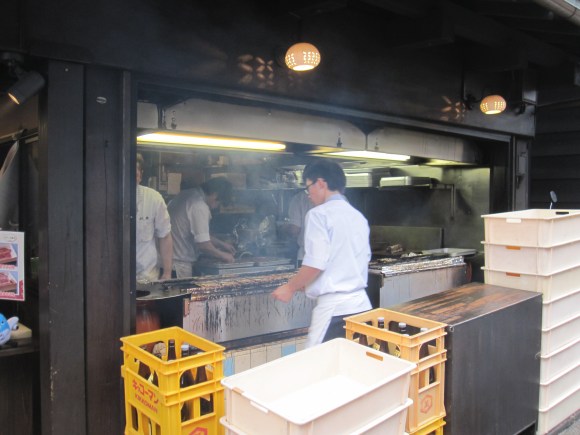
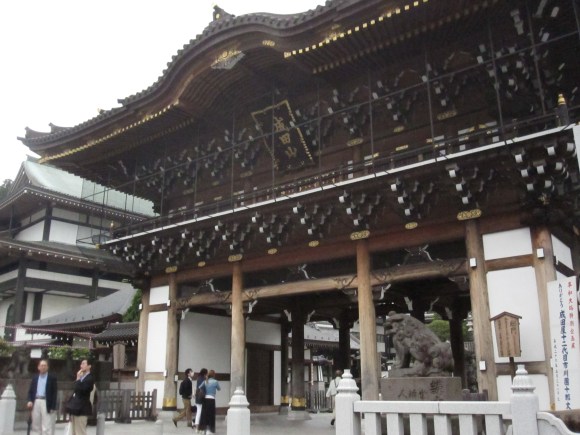
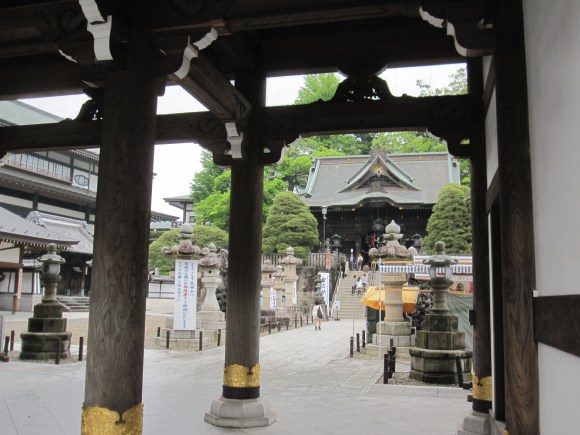
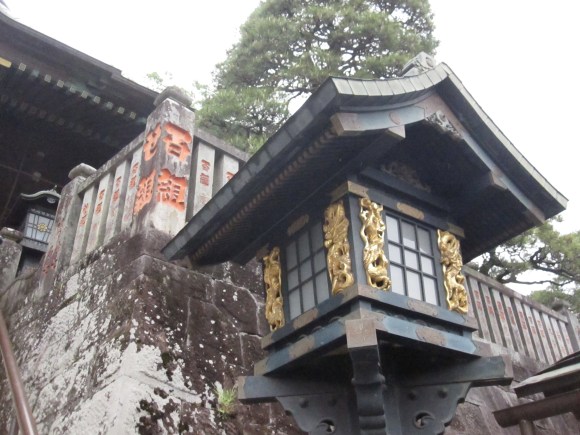
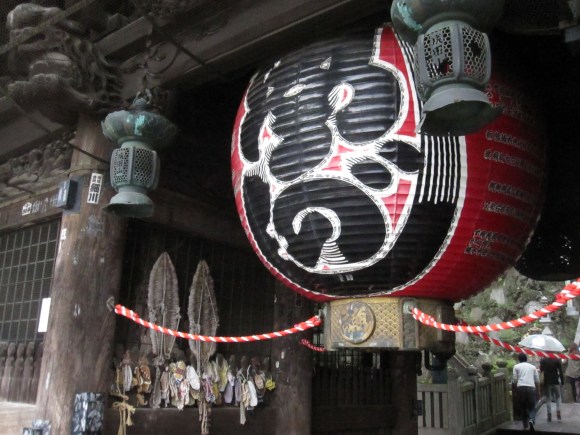
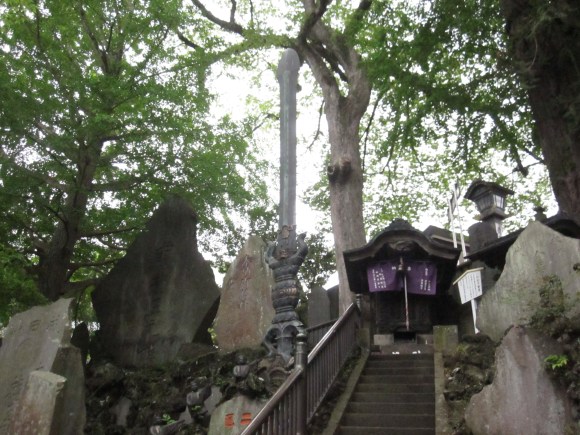
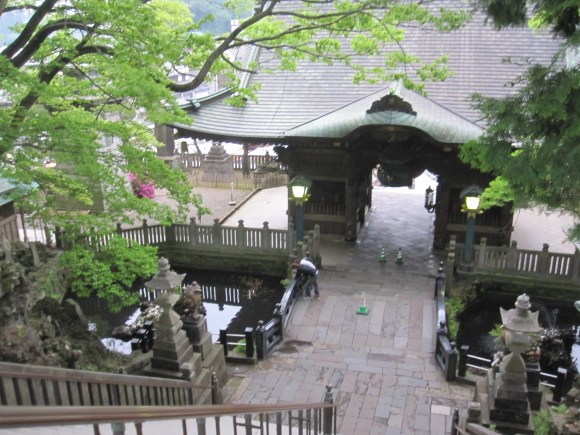
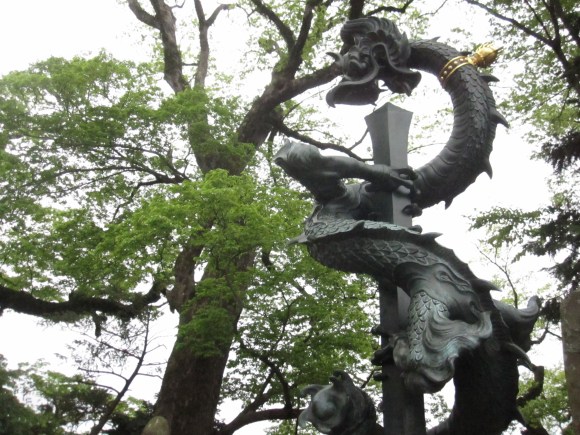
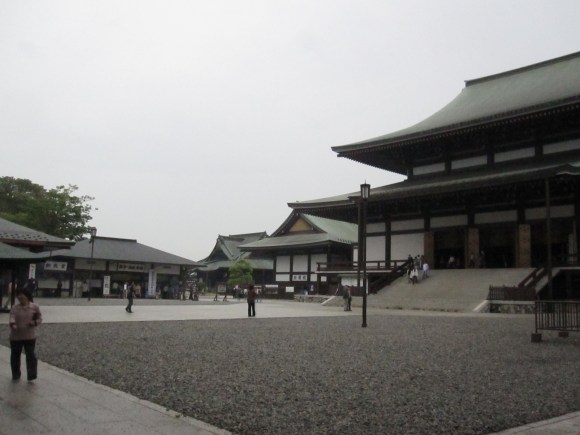
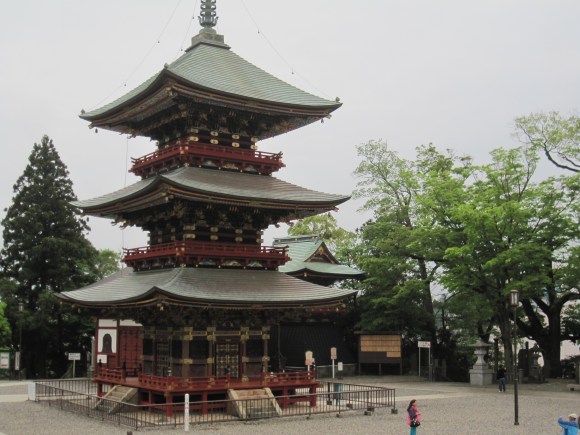
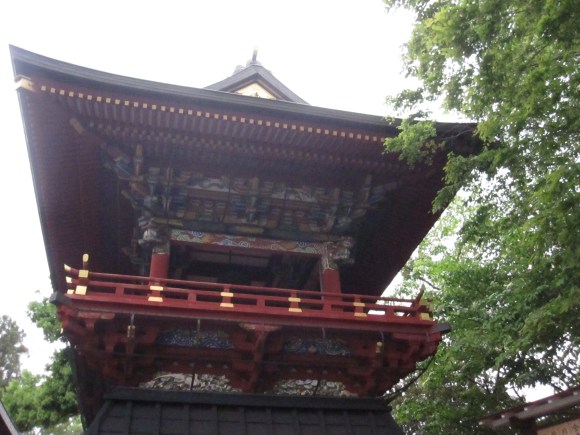
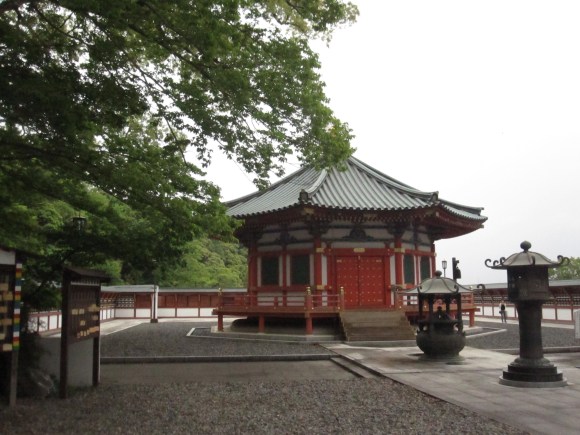
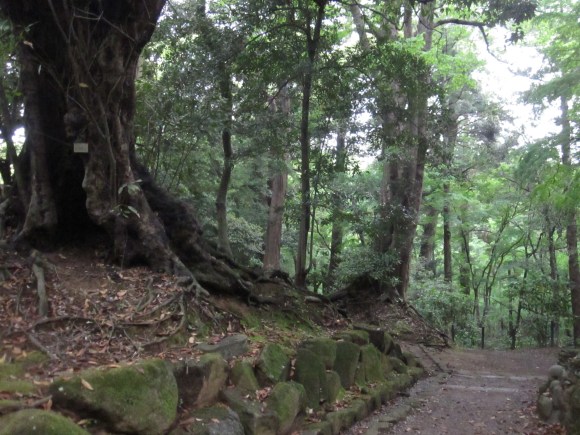
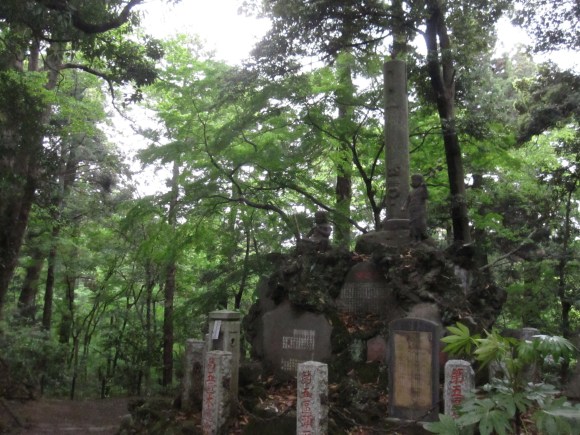
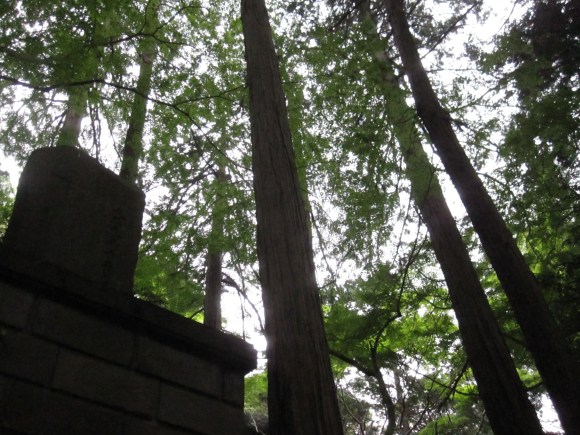
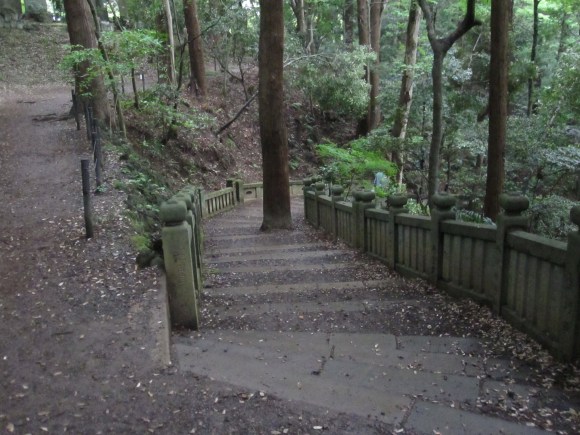
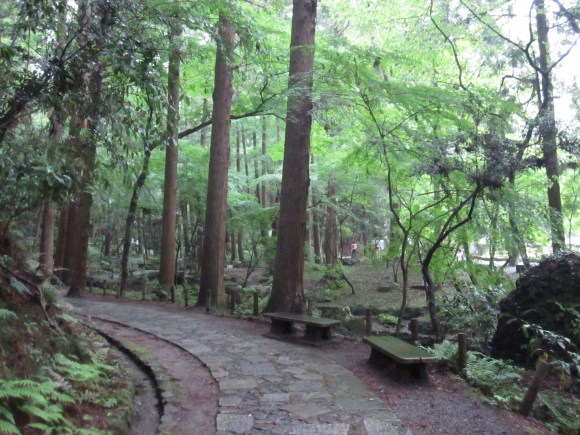
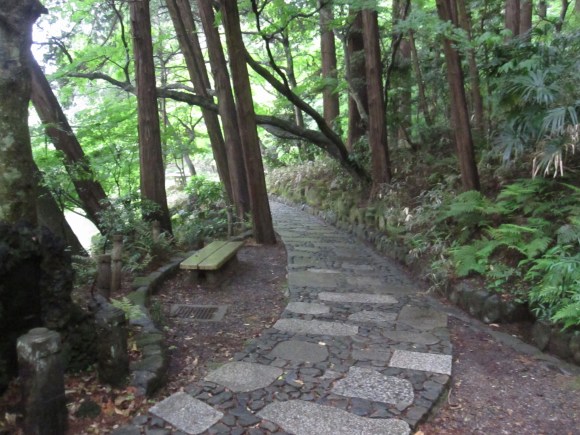
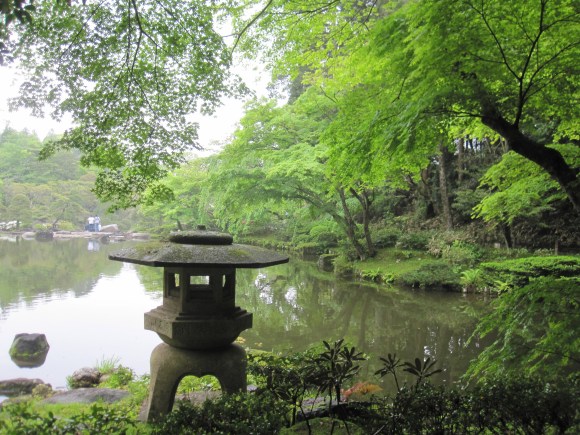
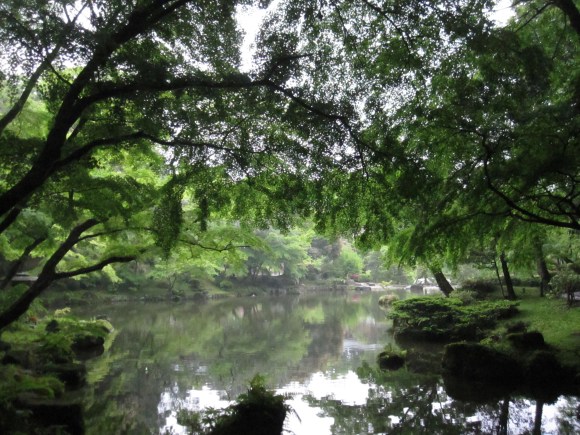
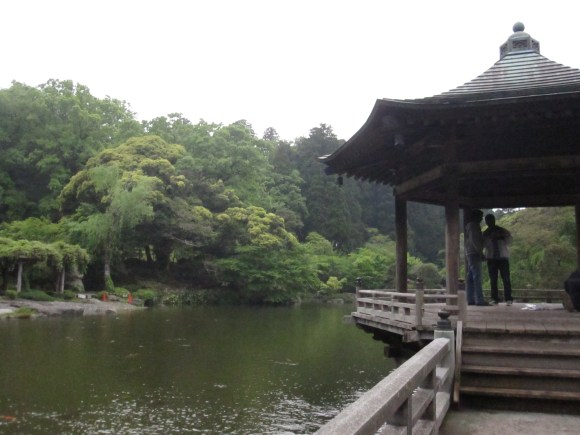
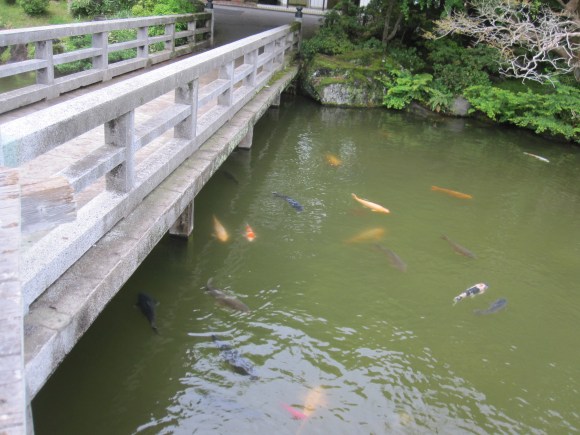
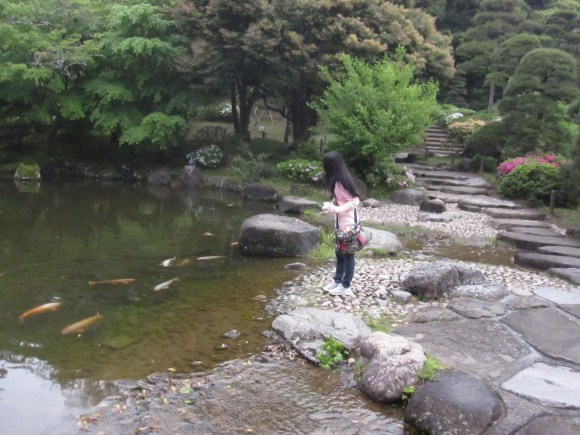
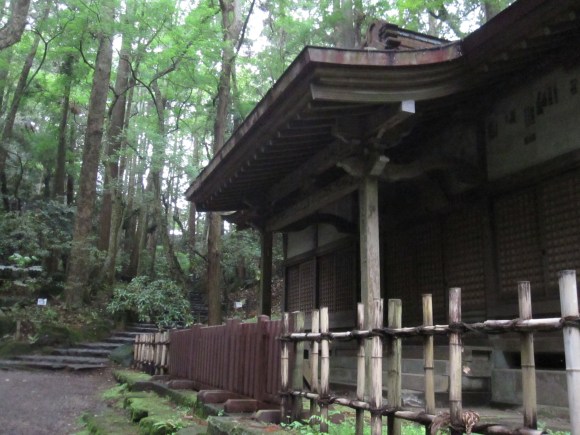
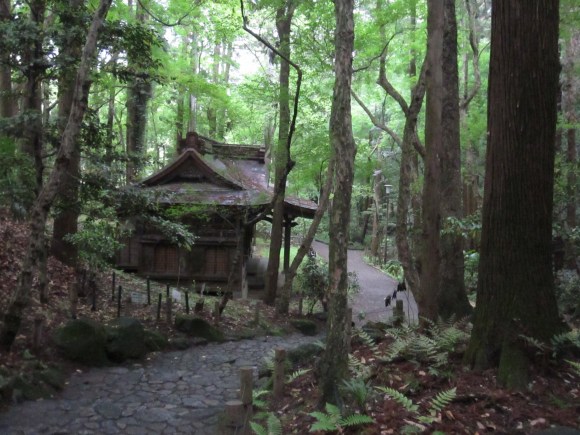
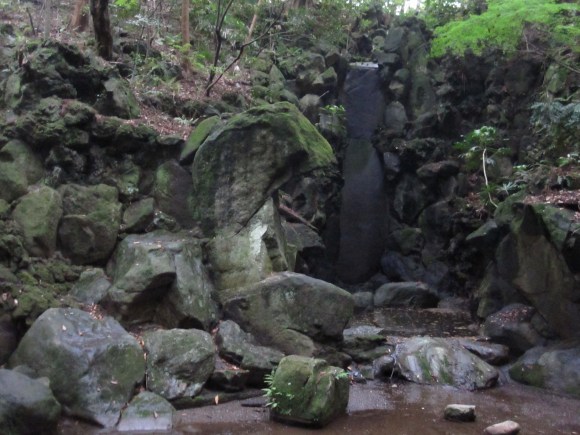
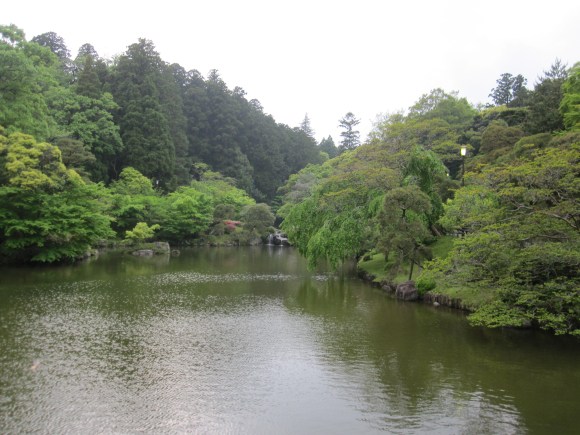
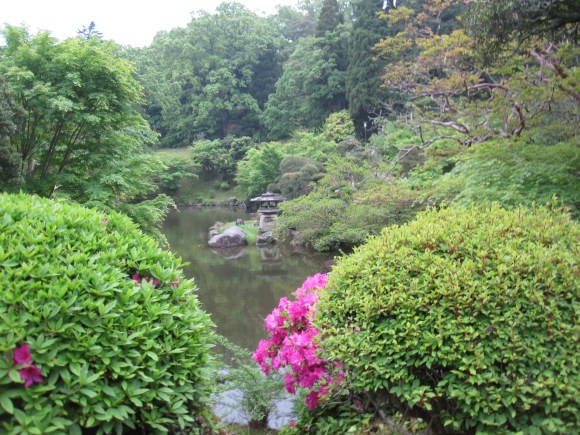
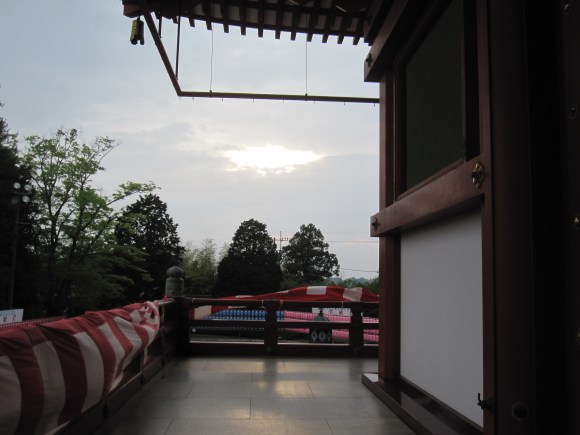
 Narita Airport shuttle buses – Cheaper than the train, but which bus is best?
Narita Airport shuttle buses – Cheaper than the train, but which bus is best? Japan’s 30 best travel destinations, as chosen by overseas visitors
Japan’s 30 best travel destinations, as chosen by overseas visitors Typhoon Faxai strands thousands at Narita Airport in Japan【Pics & Video】
Typhoon Faxai strands thousands at Narita Airport in Japan【Pics & Video】 A visit to T-CAT, Tokyo’s often forgotten City Air Terminal【Photos】
A visit to T-CAT, Tokyo’s often forgotten City Air Terminal【Photos】 Tokyo’s most popular park partially bans Pokémon GO in response to inconsiderate gamers
Tokyo’s most popular park partially bans Pokémon GO in response to inconsiderate gamers McDonald’s new Happy Meals offer up cute and practical Sanrio lifestyle goods
McDonald’s new Happy Meals offer up cute and practical Sanrio lifestyle goods All-you-can-drink Starbucks and amazing views part of Tokyo’s new 170 meter-high sky lounge
All-you-can-drink Starbucks and amazing views part of Tokyo’s new 170 meter-high sky lounge Studio Ghibli glasses cases let anime characters keep an eye on your spectacles
Studio Ghibli glasses cases let anime characters keep an eye on your spectacles Beautiful Sailor Moon manhole cover coasters being given out for free by Tokyo tourist center
Beautiful Sailor Moon manhole cover coasters being given out for free by Tokyo tourist center Kyoto’s 100 Demons yokai monster parade returns!
Kyoto’s 100 Demons yokai monster parade returns! Super Nintendo World expansion gets delayed for several months at Universal Studios Japan
Super Nintendo World expansion gets delayed for several months at Universal Studios Japan Massive-variation new Pikachu plushie line lets you find the perfect Pikachu just for you
Massive-variation new Pikachu plushie line lets you find the perfect Pikachu just for you Mister Donut ready to make hojicha dreams come true in latest collab with Kyoto tea merchant
Mister Donut ready to make hojicha dreams come true in latest collab with Kyoto tea merchant The oldest tunnel in Japan is believed to be haunted, and strange things happen when we go there
The oldest tunnel in Japan is believed to be haunted, and strange things happen when we go there A visit to the best UFO catcher arcade in the universe!
A visit to the best UFO catcher arcade in the universe! Disney princesses get official manga makeovers for Manga Princess Cafe opening in Tokyo
Disney princesses get official manga makeovers for Manga Princess Cafe opening in Tokyo More foreign tourists than ever before in history visited Japan last month
More foreign tourists than ever before in history visited Japan last month Starbucks reopens at Shibuya Scramble Crossing with new look and design concept
Starbucks reopens at Shibuya Scramble Crossing with new look and design concept Beautiful new Final Fantasy T-shirt collection on the way from Uniqlo【Photos】
Beautiful new Final Fantasy T-shirt collection on the way from Uniqlo【Photos】 Is the new Shinkansen Train Desk ticket worth it?
Is the new Shinkansen Train Desk ticket worth it? Foreign English teachers in Japan pick their favorite Japanese-language phrases【Survey】
Foreign English teachers in Japan pick their favorite Japanese-language phrases【Survey】 Japanese convenience store packs a whole bento into an onigiri rice ball
Japanese convenience store packs a whole bento into an onigiri rice ball We try out “Chan Ramen”, an underground type of ramen popular in the ramen community
We try out “Chan Ramen”, an underground type of ramen popular in the ramen community Studio Ghibli releases Kiki’s Delivery Service chocolate cake pouches in Japan
Studio Ghibli releases Kiki’s Delivery Service chocolate cake pouches in Japan Japan’s bone-breaking and record-breaking roller coaster is permanently shutting down
Japan’s bone-breaking and record-breaking roller coaster is permanently shutting down New definition of “Japanese whiskey” goes into effect to prevent fakes from fooling overseas buyers
New definition of “Japanese whiskey” goes into effect to prevent fakes from fooling overseas buyers Our Japanese reporter visits Costco in the U.S., finds super American and very Japanese things
Our Japanese reporter visits Costco in the U.S., finds super American and very Japanese things Studio Ghibli unveils Mother’s Day gift set that captures the love in My Neighbour Totoro
Studio Ghibli unveils Mother’s Day gift set that captures the love in My Neighbour Totoro Foreign passenger shoves conductor on one of the last full runs for Japan’s Thunderbird train
Foreign passenger shoves conductor on one of the last full runs for Japan’s Thunderbird train Domino’s Japan now sells…pizza ears?
Domino’s Japan now sells…pizza ears? New Japanese KitKat flavour stars Sanrio characters, including Hello Kitty
New Japanese KitKat flavour stars Sanrio characters, including Hello Kitty Kyoto creates new for-tourist buses to address overtourism with higher prices, faster rides
Kyoto creates new for-tourist buses to address overtourism with higher prices, faster rides Sales of Japan’s most convenient train ticket/shopping payment cards suspended indefinitely
Sales of Japan’s most convenient train ticket/shopping payment cards suspended indefinitely Sold-out Studio Ghibli desktop humidifiers are back so Totoro can help you through the dry season
Sold-out Studio Ghibli desktop humidifiers are back so Totoro can help you through the dry season Japanese government to make first change to romanization spelling rules since the 1950s
Japanese government to make first change to romanization spelling rules since the 1950s Ghibli founders Toshio Suzuki and Hayao Miyazaki contribute to Japanese whisky Totoro label design
Ghibli founders Toshio Suzuki and Hayao Miyazaki contribute to Japanese whisky Totoro label design Doraemon found buried at sea as scene from 1993 anime becomes real life【Photos】
Doraemon found buried at sea as scene from 1993 anime becomes real life【Photos】 Tokyo’s most famous Starbucks is closed
Tokyo’s most famous Starbucks is closed One Piece characters’ nationalities revealed, but fans have mixed opinions
One Piece characters’ nationalities revealed, but fans have mixed opinions We asked a Uniqlo employee what four things we should buy and their suggestions didn’t disappoint
We asked a Uniqlo employee what four things we should buy and their suggestions didn’t disappoint Princesses, fruits, and blacksmiths: Study reveals the 30 most unusual family names in Japan
Princesses, fruits, and blacksmiths: Study reveals the 30 most unusual family names in Japan There’s more to do than just look at the flowers at Tokyo’s biggest riverside sakura celebration
There’s more to do than just look at the flowers at Tokyo’s biggest riverside sakura celebration Flying out of Narita Airport? Don’t miss its awesome departure area mattress-soft sofas
Flying out of Narita Airport? Don’t miss its awesome departure area mattress-soft sofas Narita Airport starts free cultural event series with kimono-wearing, manga creator experiences
Narita Airport starts free cultural event series with kimono-wearing, manga creator experiences Kyoto-made green tea-infused coffee combines Japan’s two favorite relaxing beverages
Kyoto-made green tea-infused coffee combines Japan’s two favorite relaxing beverages Kanazawa’s historic “ninja temple” is packed full of hidden rooms, pitfalls, and more
Kanazawa’s historic “ninja temple” is packed full of hidden rooms, pitfalls, and more Don’t let the rain get you down! Here are Japan’s top 10 most beautiful rainy day travel spots
Don’t let the rain get you down! Here are Japan’s top 10 most beautiful rainy day travel spots Close call – Passenger plane passed through North Korean missile trajectory just 6 minutes later
Close call – Passenger plane passed through North Korean missile trajectory just 6 minutes later Asakusa’s Sensoji temple shocks store owners with sudden 16-fold rent increase in shopping arcade
Asakusa’s Sensoji temple shocks store owners with sudden 16-fold rent increase in shopping arcade New Welcome to Kanto Pasmo IC Card is the most kawaii way to ride trains on a trip to Japan
New Welcome to Kanto Pasmo IC Card is the most kawaii way to ride trains on a trip to Japan Tokyo airport’s new train line to make getting into, out of the city easier for JR pass holders
Tokyo airport’s new train line to make getting into, out of the city easier for JR pass holders Japanese domestic flights for just 500 yen (US$4.70) is one of the greatest travel bargains ever
Japanese domestic flights for just 500 yen (US$4.70) is one of the greatest travel bargains ever How big (small?) is the smallest Great Buddha statue in Japan? Let’s visit and find out【Photos】
How big (small?) is the smallest Great Buddha statue in Japan? Let’s visit and find out【Photos】 A visit to Japan’s forbidden forest of Yawata no Yabushirazu
A visit to Japan’s forbidden forest of Yawata no Yabushirazu 11 cheapest Tokyo neighborhoods to rent an apartment in show living here’s not an impossible dream
11 cheapest Tokyo neighborhoods to rent an apartment in show living here’s not an impossible dream
Leave a Reply